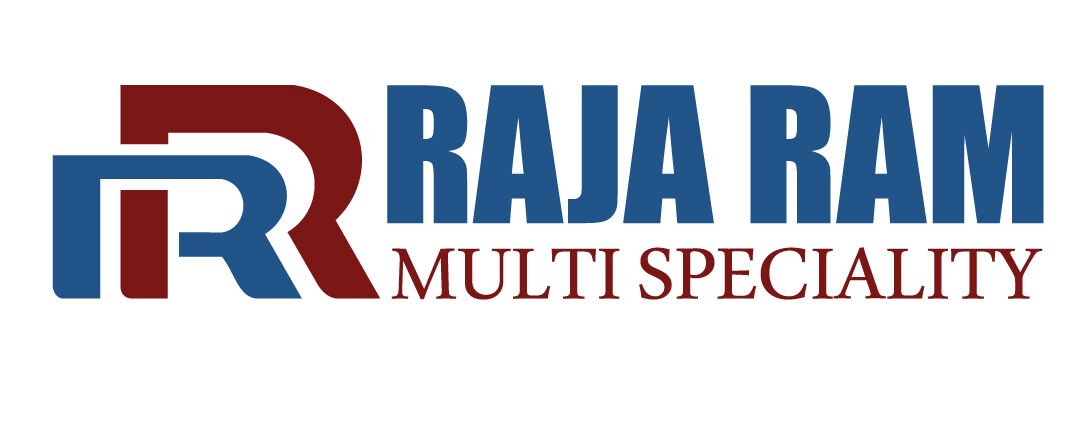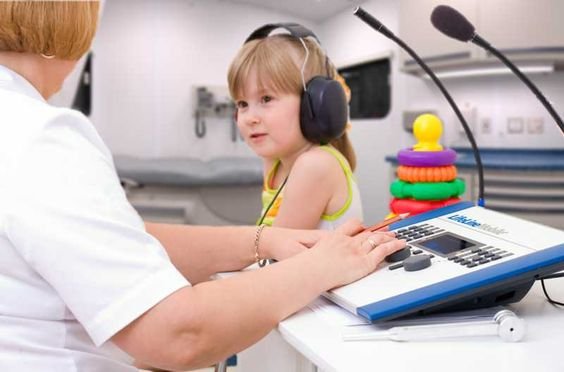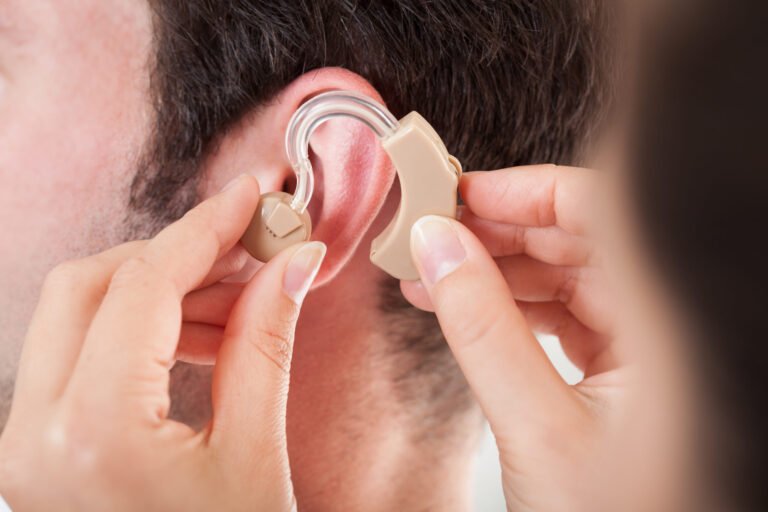Intersectionality In Hearing And Speech Disorders: Addressing Unique Challenges
In the realm of healthcare, the concept of intersectionality has gained prominence as a crucial framework for understanding the diverse and layered experiences of individuals facing health challenges. This is particularly evident in the context of hearing and speech disorders, where factors such as race, gender, socioeconomic status, and cultural background intersect to shape the unique challenges faced by individuals in their journey toward effective communication and inclusion.
Understanding Intersectionality
Intersectionality, a term coined by Kimberlé Crenshaw in 1989, refers to the interconnected nature of social categorizations, such as race, class, gender, and ability, and how they overlap to create unique experiences of discrimination and privilege. Applying this concept to the realm of hearing and speech disorders involves recognizing that individuals may face distinct challenges based on the intersection of multiple aspects of their identity.
Cultural Nuances in Communication
One significant aspect of intersectionality in hearing and speech disorders is the influence of cultural backgrounds on communication. Individuals from different cultures may have unique linguistic nuances, communication styles, and attitudes toward hearing-related issues. Deaf and hard-of-hearing individuals from minority backgrounds may encounter specific challenges in accessing culturally competent care and educational resources.
Socioeconomic Disparities:
Economic factors play a pivotal role in shaping the experiences of those with hearing and speech disorders. Limited access to healthcare, hearing aids, and speech therapy services can disproportionately affect individuals from lower socioeconomic backgrounds. The intersection of economic status with hearing impairment often results in delayed diagnosis and intervention, exacerbating the challenges faced by these individuals.
Gender Dynamics in Communication:
Gender identity and expression also intersect with hearing and speech disorders, influencing the way individuals navigate their communication challenges. Societal expectations regarding gender roles and communication can impact the self-esteem and mental health of individuals with hearing impairments, particularly when facing stereotypes or biases related to their gender.
Unique Challenges
Access to Education:
Intersectionality amplifies the challenges faced by individuals with hearing and speech disorders in educational settings. Students from marginalized communities may encounter barriers such as inadequate resources, lack of culturally competent teaching methods, and limited access to assistive technologies, hindering their academic progress.
Employment Disparities:
The intersection of hearing impairment with other identity markers can contribute to disparities in employment opportunities. Discrimination based on both disability and other intersecting factors may limit career advancement for individuals with hearing and speech disorders, creating a complex web of challenges in professional spheres.
Healthcare Disparities:
Access to quality healthcare is a fundamental right, yet individuals with hearing and speech disorders, especially those from marginalized backgrounds, may face barriers to obtaining timely and appropriate medical care. Lack of culturally sensitive healthcare practices and communication barriers can contribute to misdiagnoses and inadequate treatment.
Addressing Intersectionality
Culturally Competent Care:
Healthcare professionals and educators must prioritize cultural competence in their approach to individuals with hearing and speech disorders. Understanding the cultural nuances of communication and tailoring interventions to align with diverse backgrounds can enhance the effectiveness of treatments and support systems.
Accessible Education Initiatives:
Educational institutions should implement inclusive policies that consider the intersectionality of students with hearing and speech disorders. This includes providing resources, support services, and assistive technologies that address the specific needs of individuals from diverse cultural and socioeconomic backgrounds.
Advocacy for Inclusive Employment Practices:
Advocacy efforts should focus on promoting inclusive employment practices that account for the intersectionality of hearing and speech disorders with other identity markers. This involves challenging stereotypes, encouraging workplace accommodations, and fostering an inclusive environment that values diversity.
Technology as an Equalizer:
Technological advancements play a crucial role in addressing intersectional challenges in hearing and speech disorders. The development of accessible communication technologies, speech-to-text applications, and culturally sensitive virtual platforms can bridge gaps and empower individuals to participate fully in various aspects of life.
Conclusion
Recognizing and addressing intersectionality in the context of hearing and speech disorders is essential for creating a more inclusive and equitable society. By understanding the unique challenges faced by individuals at the intersections of various identity markers, we can develop tailored interventions, advocate for systemic change, and foster a supportive environment that empowers everyone to communicate, learn, and work effectively, regardless of their hearing abilities and diverse identities.



